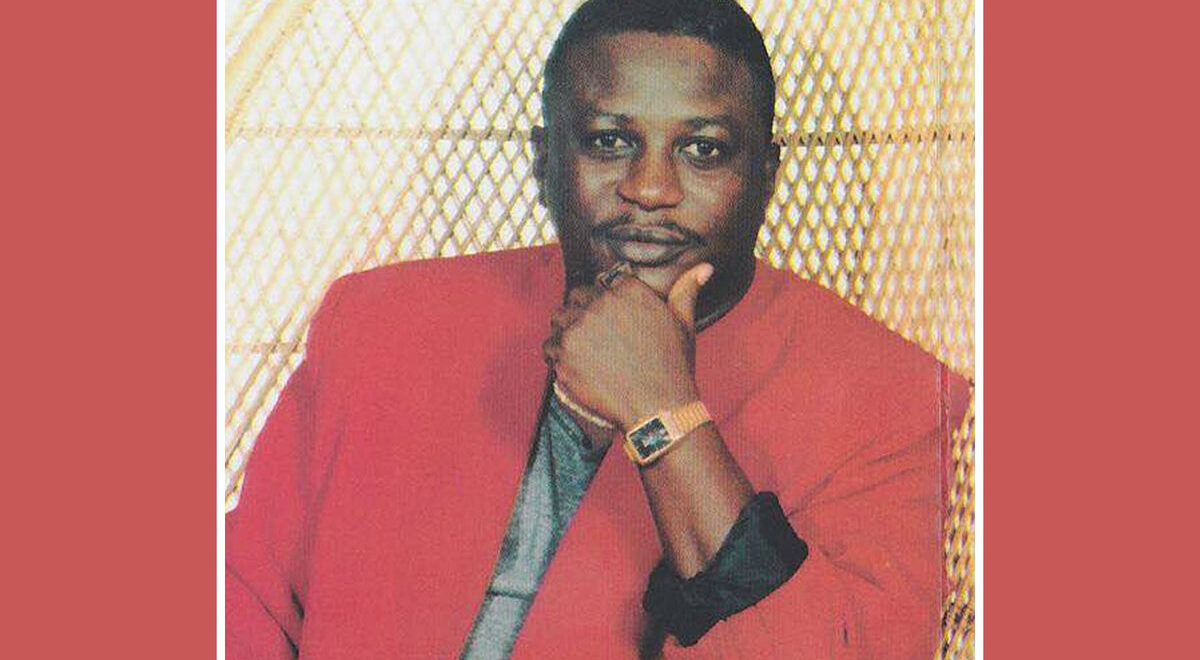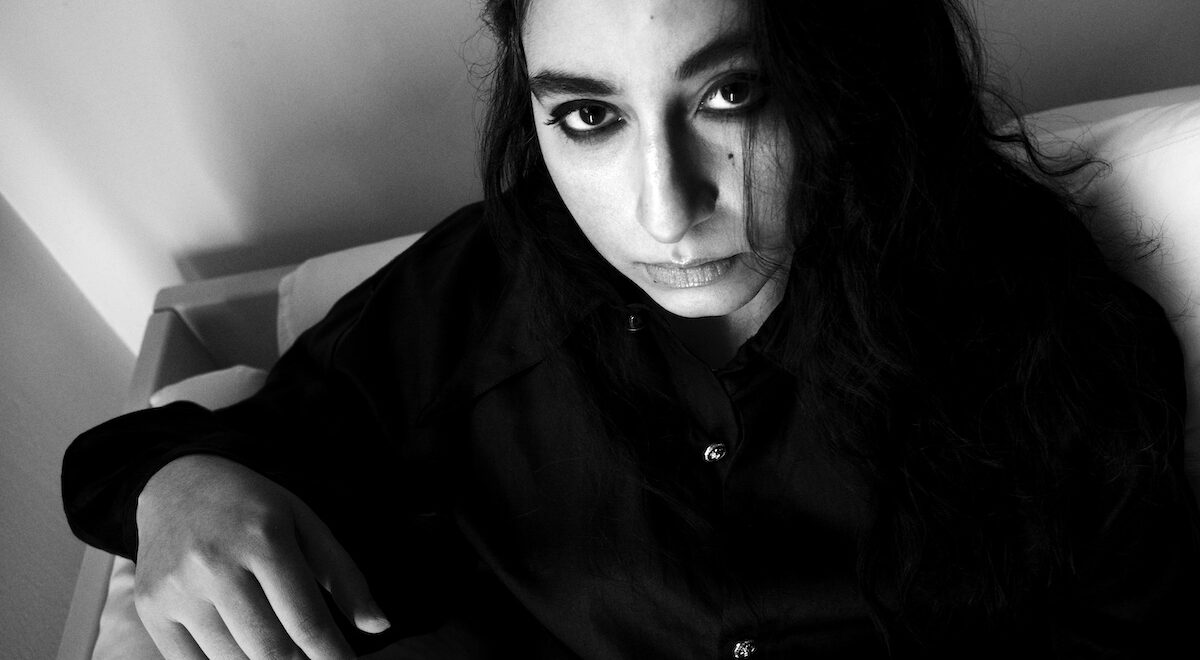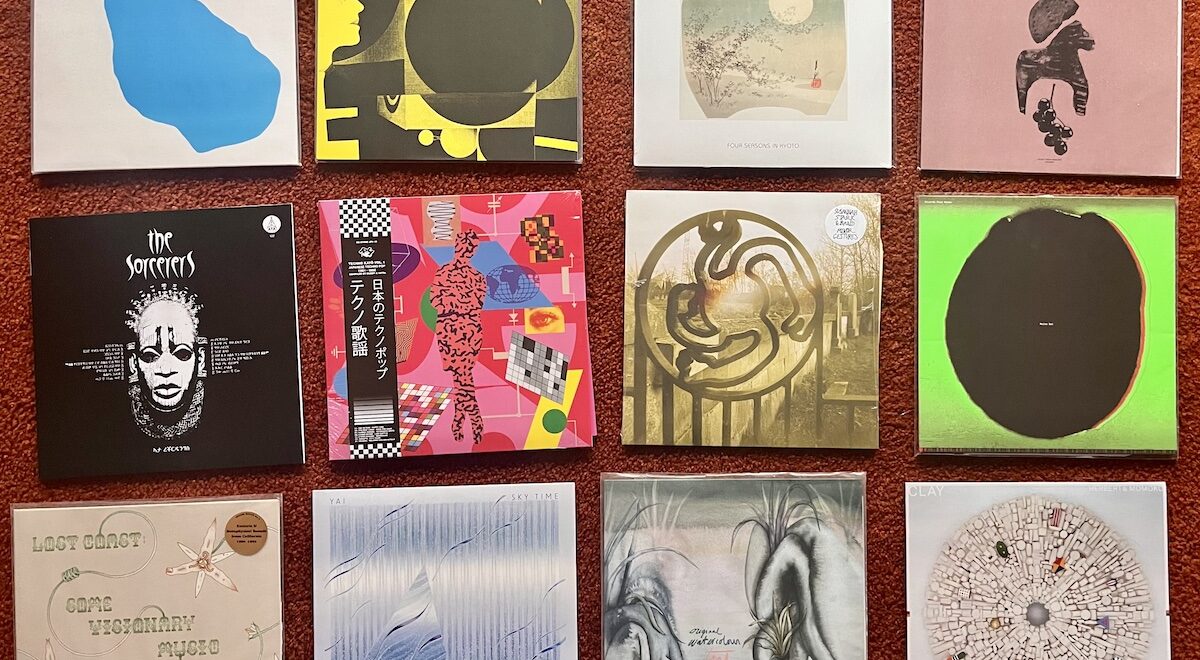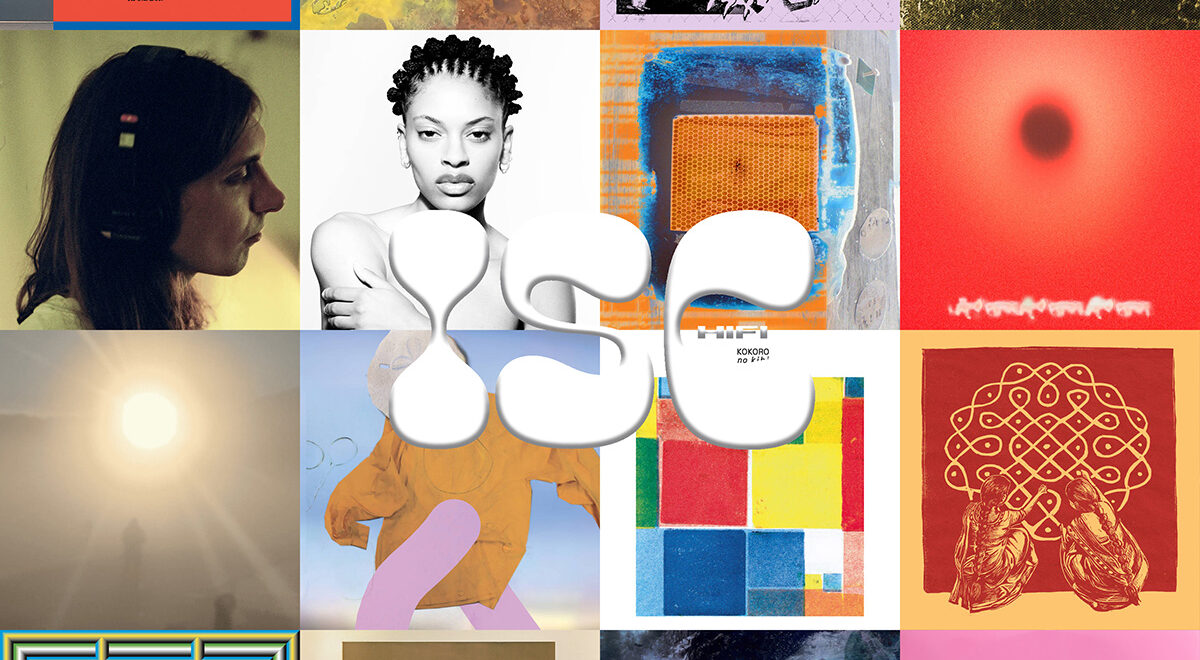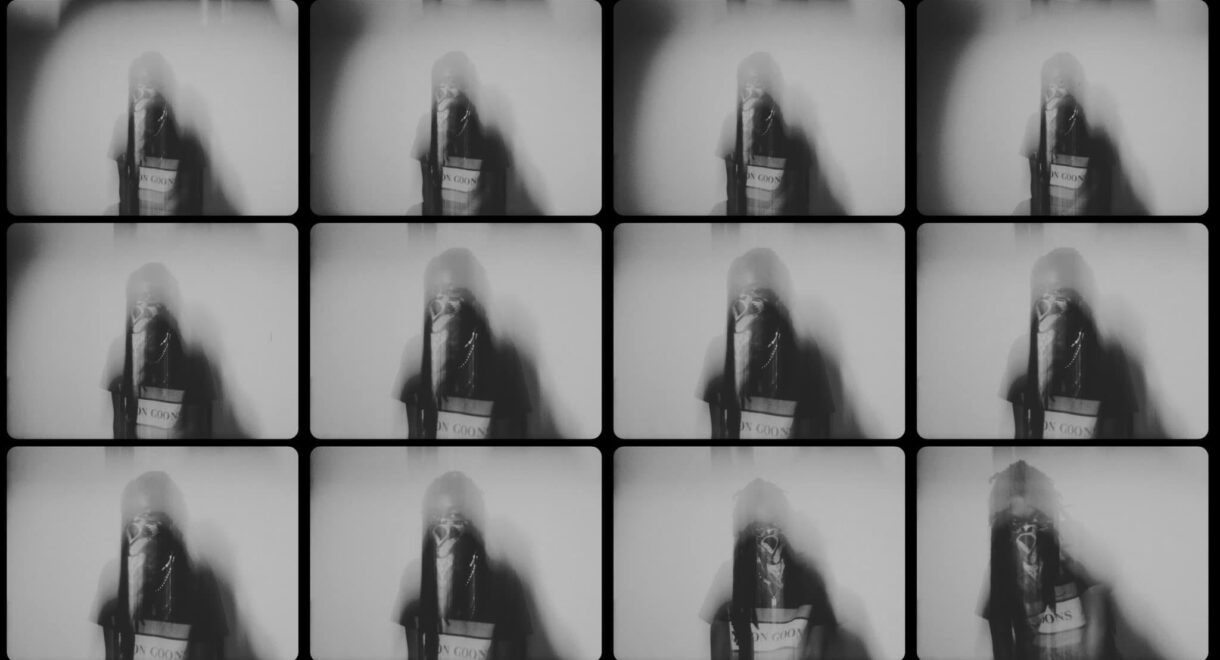A deep dive on one of the great voices and songwriters of Burger Highlife, the electronic crossover of West African rhythms and melodies with synthesizers, disco and boogie. […]
Eight Albums, One Night: The Cosmic Synths of Africa Listening Session

On September 30, the Past, Present, Future series continues at Zizou Los Angeles with a dedicated night of deep listening to eight African synth classics.
A single sustained note can open a portal to the sublime. A cheap Casio preset, a bend on a Mini-Moog, a DX7 chime — across Africa, musicians have used these tones to stretch tradition into new dimensions. The synthesizer, born in labs far from the continent, found fresh life in Cairo cabarets, Addis Ababa hotel lounges, Lagos nightclubs, Cape Verdean diasporic studios, South African townships, and Sudanese wedding parties. Each setting reshaped the machine, giving it accents and inflections no engineer could have foreseen.
On September 30, In Sheep’s Clothing continues its “Past, Present, Future” series at Zizou in Lincoln Heights with an evening of full-album listening devoted to these experiments. The series celebrates both the canon and the overlooked, classics and obscurities, past and present, inviting listeners to hear how music travels, mutates, and endures. Eight records will spin start to finish, together tracing a cosmic arc across five decades of African synth history.
The journey begins with Omar Khorshid in Egypt, whose guitar and synth swells shimmer like desert light, and moves to the Walias Band in Ethiopia, folding organ and analog keys into Ethio-funk. In Nigeria, Tee Mac’s flute dances through synth washes, while William Onyeabor builds joyful sermons from sequencers and drum machines. Francis Bebey in Cameroon splices thumb piano with buzzing oscillators, and Cabo Verde Show channel longing in Paris with Roland pads and DX7 chimes. The night accelerates with Nozinja’s Shangaan electro from South Africa and culminates in Jantra’s ecstatic Casio jams from Sudan. Eight albums, eight visions, one machine remade into something cosmic.
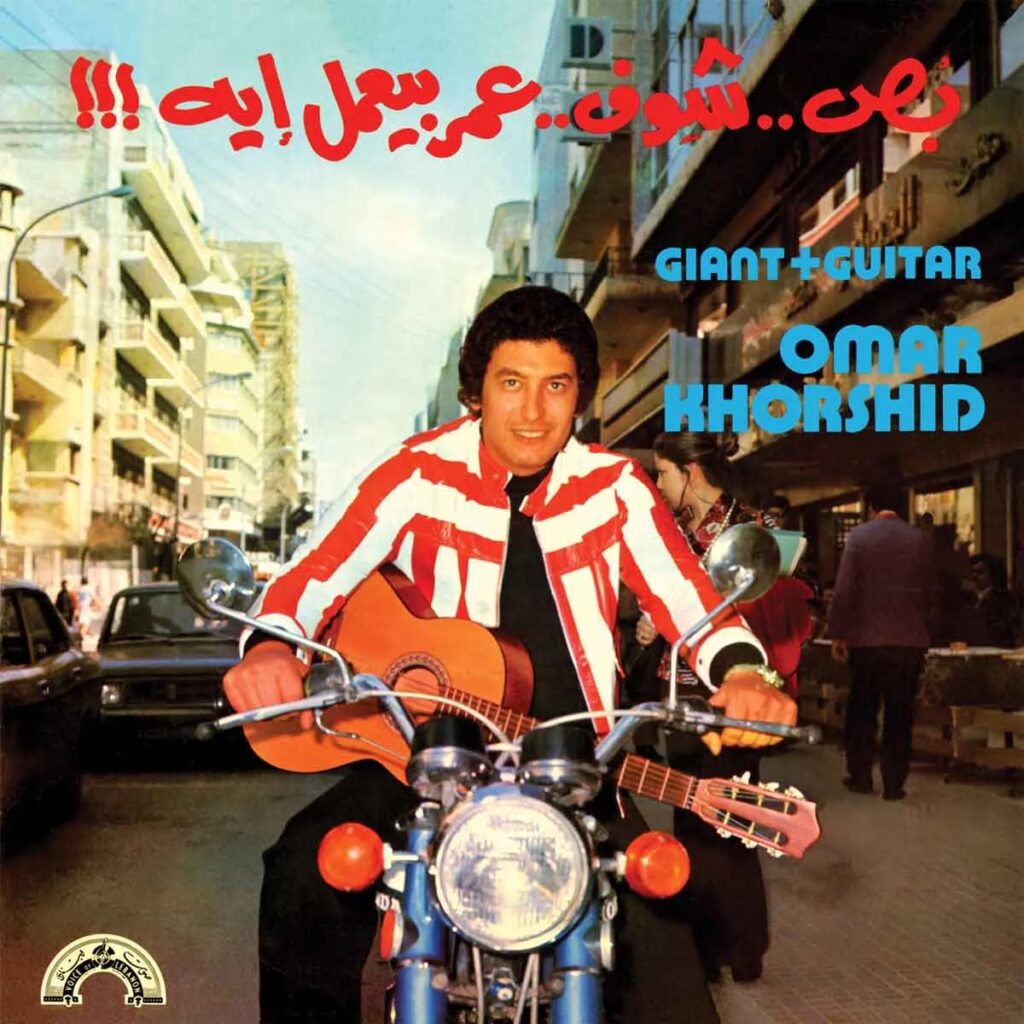
Omar Khorshid – Giant + Guitar (Egypt, 1974)
Who: Omar Khorshid, Egypt’s electrifying guitarist who bridged Cairo cabarets, film scores, and pop modernism.
What: Giant + Guitar captures him at the height of his experimentation, adding electronic textures to his already futuristic guitar sound.
Where: Recorded in Cairo and Beirut studios where Arabic orchestration collided with imported Western gear.
When: 1974, when Arab pop was beginning to absorb electric instruments and studio trickery.
Sound: Khorshid’s Fender guitar rides long reverb tails while organ and early analog synths provide cosmic backdrops. Pitch-bent oscillators and sustained tones peek through, sometimes shadowing his maqam-based melodies, sometimes shimmering like satellites over the Nile.
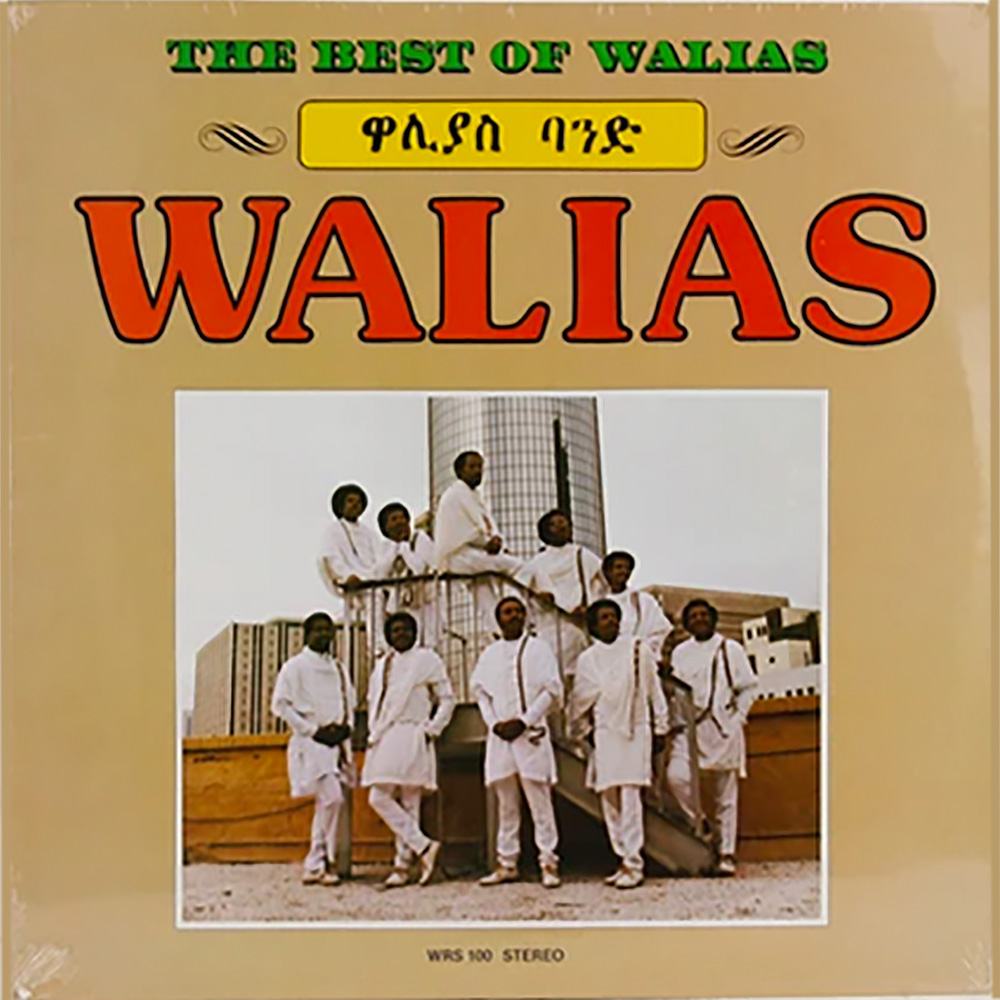
Walias Band – Best of the Walias Band (Ethiopia, 1981)
Who: The Walias Band, Addis Ababa’s premier lounge-funk outfit, led by keyboardist Hailu Mergia.
What: A greatest-hits snapshot of the group that carried Ethio-jazz into a new, electrified era.
Where: Addis Ababa’s Hilton Hotel ballroom, where the band played marathon sets for dancers and diplomats alike.
When: 1981, at the tail end of Ethiopia’s golden age of pop before diaspora musicians carried it abroad.
Sound: Electric organ and Rhodes electric piano dominate, but creeping in are analog synth leads — bright, nasal Mini-Moog lines and shimmering pads — that add an otherworldly gloss to the horns and rhythm section.
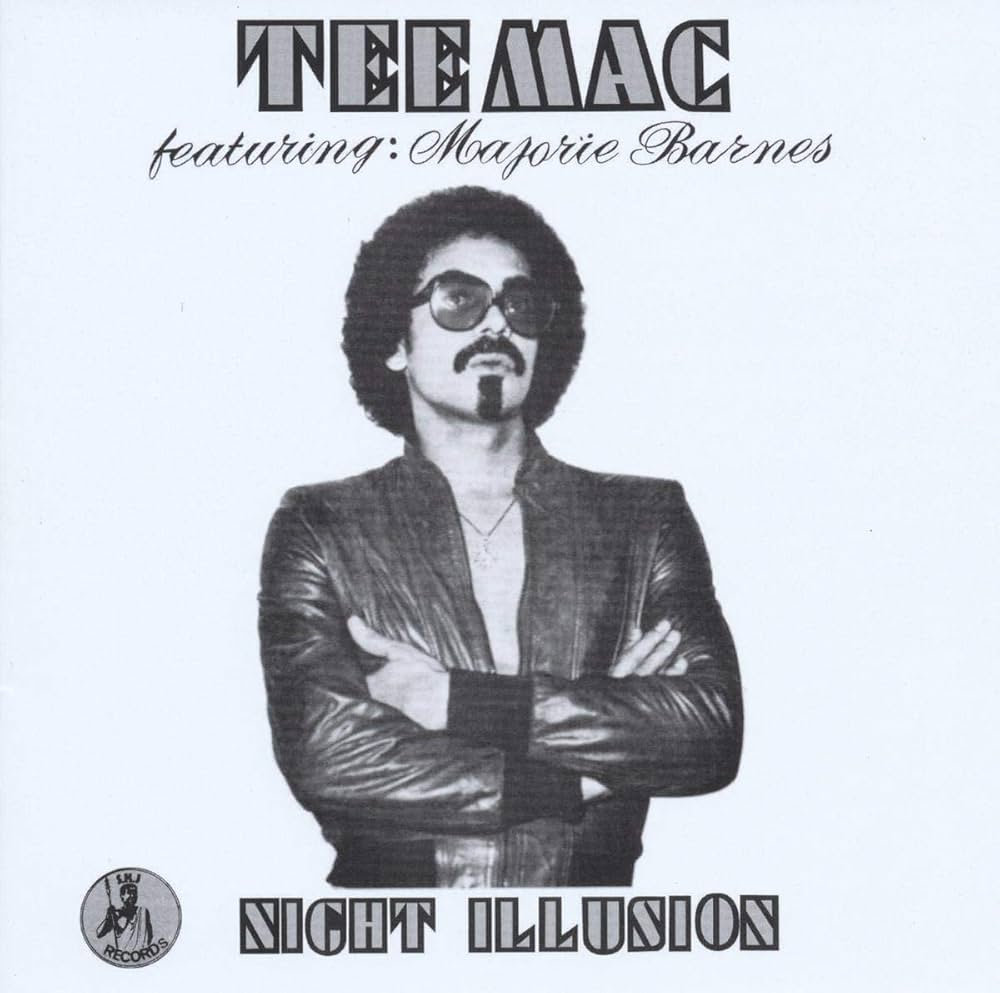
Tee Mac – Night Illusion (Nigeria, 1980)
Who: Tee Mac Omatshola Iseli, the Swiss-Nigerian flutist, bandleader, and genre-crossing polymath.
What: A rare LP that marries jazz fusion complexity with Afrobeat’s rhythmic fire and disco polish.
Where: Lagos studios brimming with oil-boom investment, where engineers had access to imported synths and mixing gear.
When: 1980, when Nigerian musicians were pulling global sounds into their orbit.
Sound: Tee Mac’s flute glides over Prophet-style synth pads and string machine washes, with bursts of Minimoog-like bass tones. The electronics don’t dominate but illuminate, casting a neon glow across tightly wound funk rhythms.
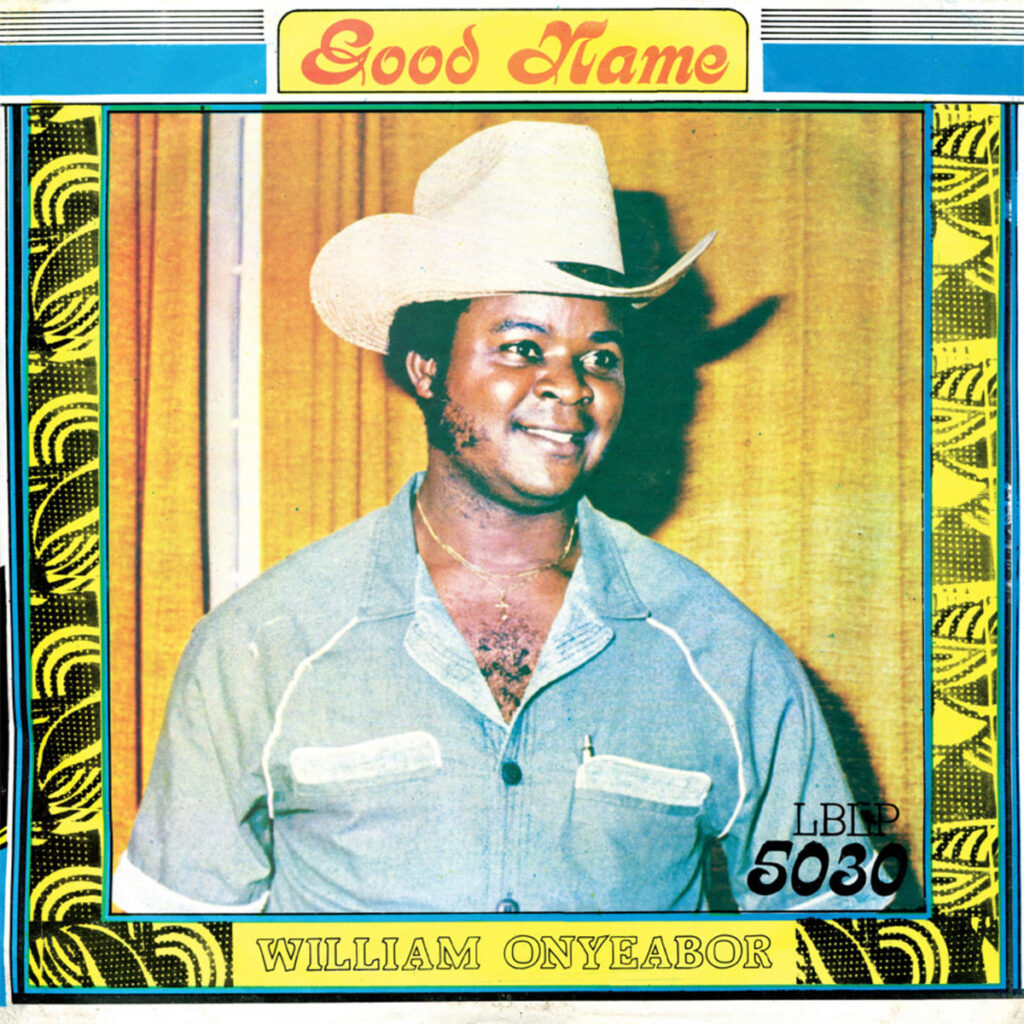
William Onyeabor – Good Name (Nigeria, 1983)
Who: William Onyeabor, the elusive producer and businessman who built his own studio empire in Enugu.
What: One of his definitive albums, a two-track sermon in electronic funk.
Where: His private Wilfilms studio, stocked with the latest imported keyboards and drum machines.
When: 1983, the peak of his eccentric run before he turned away from music.
Sound: Yamaha and Korg synths stack icy chords over the relentless tick of Linn- and Roland-style drum machines. Onyeabor’s voice intones moral mantras while sequenced basslines and arpeggios lock the grooves into hypnotic stasis.
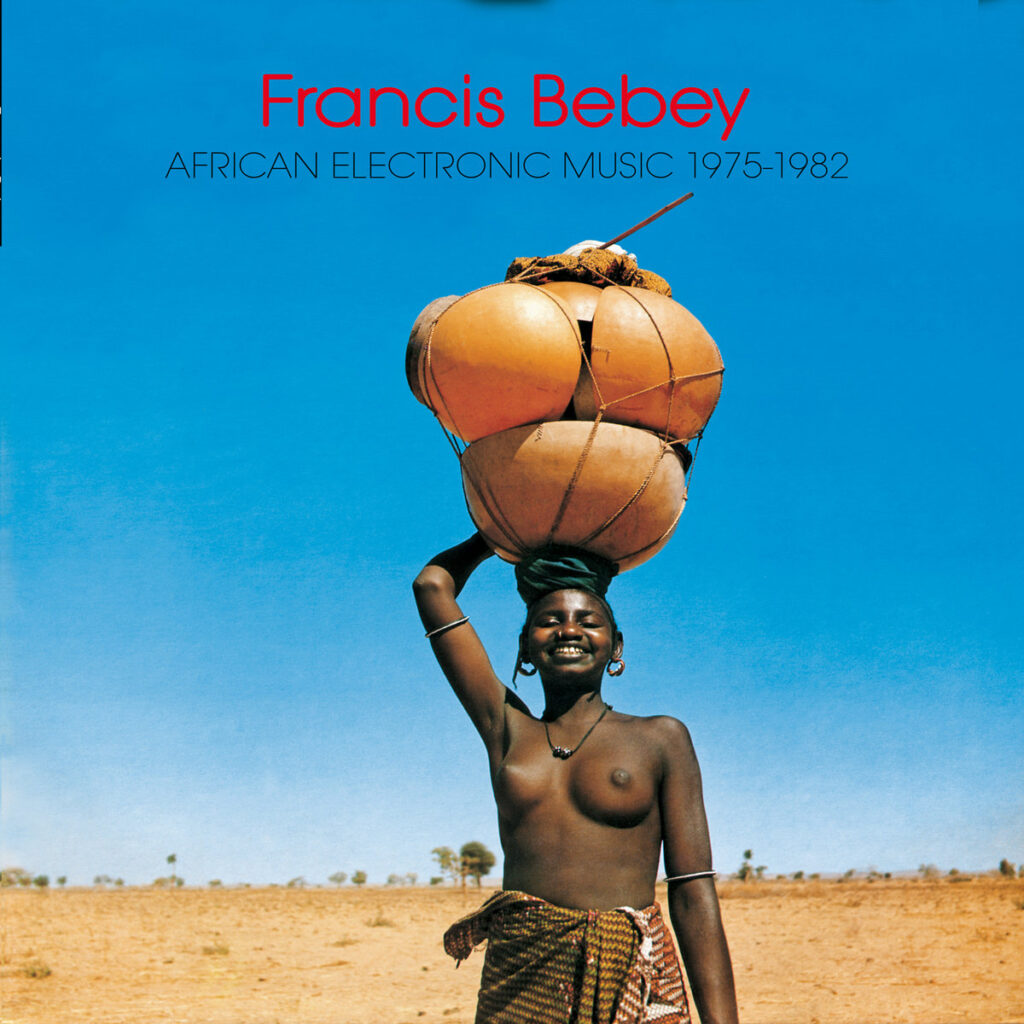
Francis Bebey – African Electronic Music (Cameroon, 1975)
Who: Francis Bebey, Cameroonian writer, folklorist, and sonic tinkerer who saw no boundary between ancient and futuristic.
What: A body of work—compiled later—that captured his earliest electronic experiments alongside African folk instruments.
Where: Working between Paris and Douala, often with modest, home-assembled studio setups.
When: Mid-1970s, long before electronic music was considered a global lingua franca.
Sound: Bebey’s thumb piano riffs and flute melodies loop through early drum machines and primitive oscillators. The synths—likely small European modulars and organs with added effects — buzz, wheeze, and shimmer, creating a playful, childlike futurism.
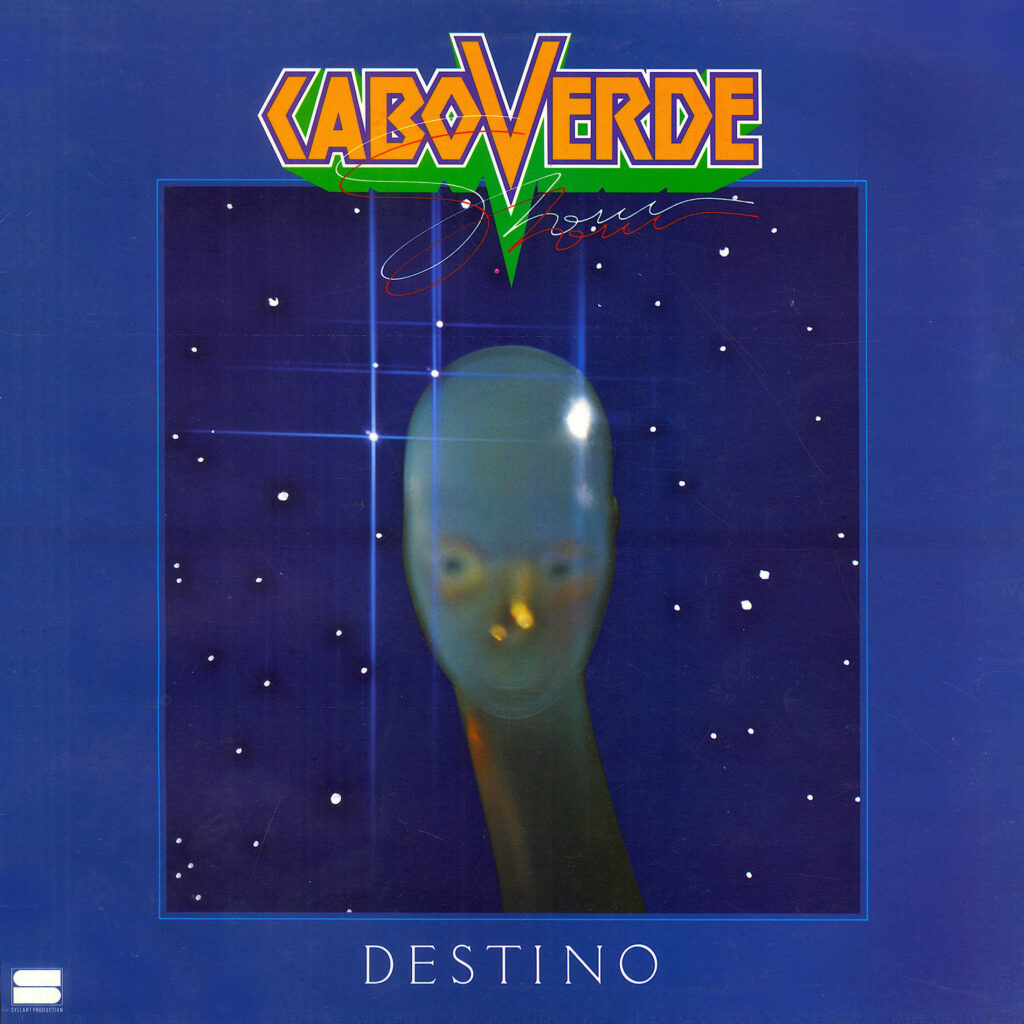
Cabo Verde Show – Destino (Cape Verde, 1986)
Who: Cabo Verde Show, Paris-based emigrés who reimagined their islands’ music for cosmopolitan dance floors.
What: Destino shows their hybrid approach: morna’s longing, coladeira’s swing, and zouk’s glitzy electronics.
Where: Paris studios, where West African, Caribbean, and European styles flowed together.
When: 1986, as synthesizers, drum machines, and sequencers became standard in diasporic pop.
Sound: Roland Juno-style pads swell under plaintive Creole vocals, Yamaha DX7 bell tones sparkle through the mix, and programmed drums lend a slick, dance-ready propulsion.
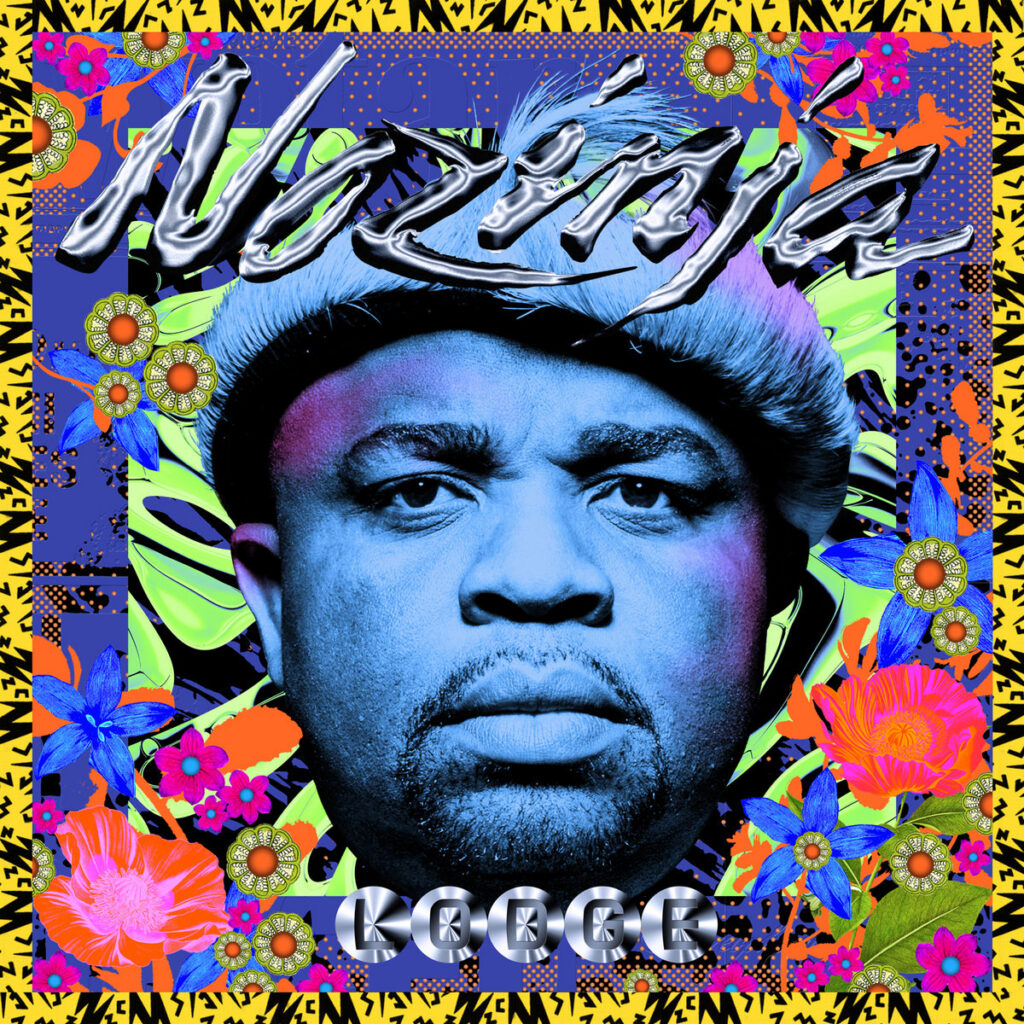
Nozinja – Nozinja Lodge (South Africa, 2015)
Who: Nozinja, the South African producer who refashioned Shangaan dance music into hyper-electronic futurism.
What: His Warp Records debut, a manifesto of digital speed and joy.
Where: Rooted in Limpopo villages but realized with laptops and digital synths in studios stretching from Johannesburg to London.
When: 2015, when Shangaan electro finally broke beyond its local DVD and cassette circuits.
Sound: FruityLoops-built beats and Casio- and Korg-derived synth patches accelerate past 180 bpm. Chirping arpeggios, stuttered vocal samples, and candy-bright leads pile up until the music feels weightless, delirious, and unstoppable.

Jantra – Synthesized Sudan (Sudan, 2023)
Who: Jantra, keyboard wizard from Omdurman whose tapes fueled weddings and street parties for decades.
What: His first global release, compiled from ecstatic live sessions.
Where: Recorded in Sudan’s open-air celebrations, later shaped for international release without sanding off the rawness.
When: 2023, after years of local fame, his sound finally hit the global stage.
Sound: Casio and Yamaha keyboards pushed to their limits, with preset drum machine loops looping into trance. Jantra’s rapid-fire right-hand solos tumble endlessly over the top, turning low-budget gear into a portal of ecstatic repetition.
Cosmic Synths of Africa takes place September 30 at Zizou in Los Angeles as part of the “Past, Present, Future” series, which highlights essential classics, rarities, and contemporary works through full-album listening sessions.




